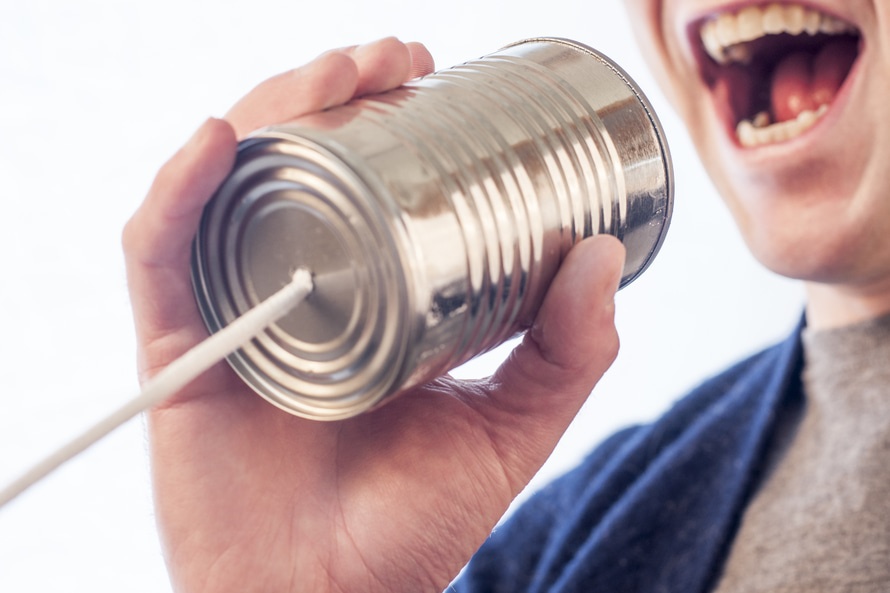As inconvenient as that predictable postprandial plunge between 2 and 4 p.m. can be, scientists tell us it’s actually a biological imperative, a mini version of the drowsiness we feel just before bedtime when our core body temperature drops, signaling the brain to release that heavenly chemical dream weaver, melatonin.
Some cultures embrace the slump with a midday siesta; ours not so much. In fact, we westerners tend to make matters worse by giving nary a nod to breakfast, then overcompensating with a carb-crazy lunch and sugary chaser, the perfect prelude to a mid-afternoon plunge. What’s more, once the yawns hit, a caramel latte or candy bar on the run will only provide temporary relief, if not make matters worse.
Here are 10 healthy habits that will help stave off an afternoon siesta:
Declare a time out
Five minutes of alone time to sit, practice deep breathing and clear your mind will put you on a better mental footing to face the rest of the day.
Go for a walk
There’s nothing like a little fresh air, exercise and change of scenery to recharge your metabolism for the work ahead. If the weather outside if frightful, walk briskly down a covered breezeway or up and down a flight or two of stairs to get your blood moving.
Have a drink (No, not that kind of drink!)
A tall glass of ice water does wonders to stave off sleep and rally your metabolism. But avoid alcohol; the sugar content leads to plunge city.
Wrangle your incoming
Counter an approaching plunge by shifting your focus to the texts, voice mails and emails that have amassed while you were busy. It’s a great way to divert a downward spiral and be productive at the same time.
Have a snack (No, not that kind of snack!)
Boost your metabolism with an energy-rich snack. Fresh fruit, trail mix with nuts, or whole-wheat crackers with string cheese are good choices if available. If your only option is vending machine fare, peanut butter and crackers provide a welcome carb-protein pick-me-up. But avoid candy; it lets you down fast.
Plug into your playlist
Spending a few minutes listening to upbeat, engaging music can pick up the beat when it starts to lag. Personally, I’d steer more toward Taylor Swift’s “Shake It Off” and Meghan Trainor’s “Lips Are Movin’” than, say, Adele’s “Hello.”
Plan tomorrow
Getting a jump on coordinating the appointments and tasks you’ll face tomorrow can interject a welcome wider perspective into your day and clear your mind for a relaxing evening.
Take a reading break
Words have a way of reviving and relaxing us when the minutiae of the day starts to take its toll. Keep a book of inspiring quotes, jokes or meaningful reflections handy or bookmark the same online and use these to revive and reset your mood as needed.
Open the curtains
Feeling drowsy? Part the curtains and welcome in as much sunlight as possible. A 2006 scientific study found that 20 minutes of exposure to bright light increased alertness and boosted brain response. The reason? That old dream weaver Melatonin can’t be produced in bright light.
Catnap if you can
If time and circumstances permit, a 20-minute nap (but no more) can do wonders for your energy level. Scientists caution, however, that catnaps are not a good option if you suffer from insomnia, as they may make nighttime sleeplessness worse.











